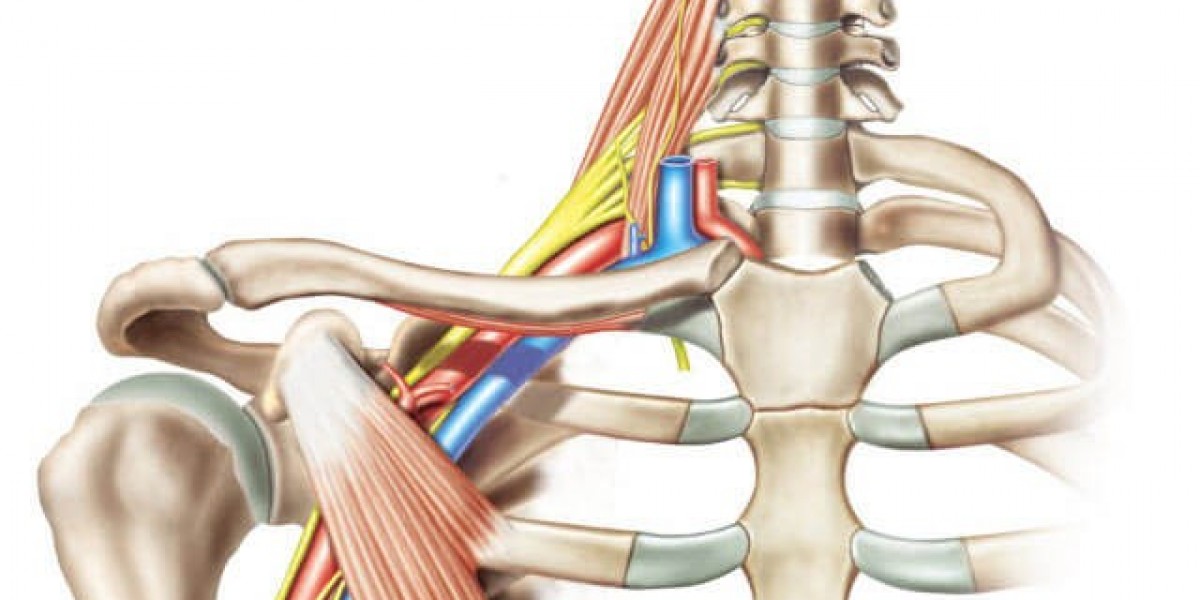CNC (Computer Numerical Control) machining has revolutionized the manufacturing industry by enabling precise, automated, and efficient production of complex parts and components. CNC Machining Parts are essential in a wide array of industries, including aerospace, automotive, medical, and electronics. This guide provides an in-depth look at CNC machining parts, including their types, applications, benefits, and considerations.
What is CNC Machining?
1. Definition and Overview
CNC machining is a manufacturing process where pre-programmed computer software controls the movement of machinery and tools. It allows for the production of parts with high precision and accuracy. CNC machines can perform a variety of operations, including milling, turning, drilling, and grinding, to produce intricate parts from different materials.
2. How CNC Machining Works
- Programming: A computer program, typically written in G-code, defines the operations and movements of the CNC machine.
- Setup: The machine is set up with the appropriate tools and materials.
- Machining: The machine executes the programmed instructions to cut, shape, and finish the part.
- Quality Control: Finished parts are inspected for accuracy and quality to ensure they meet specifications.
Types of CNC Machining Parts
1. CNC Milling Parts
CNC milling involves the use of rotary cutters to remove material from a workpiece. It is used to produce parts with complex shapes and features.
- Types of Milling Machines: Includes vertical mills, horizontal mills, and universal mills.
- Common Parts: Gearboxes, brackets, housings, and custom components.
- Applications: Aerospace components, automotive parts, and industrial machinery.
2. CNC Turning Parts
CNC turning involves rotating a workpiece while a cutting tool removes material to create cylindrical shapes. It is ideal for producing round parts with precision.
- Types of Turning Machines: Includes manual lathes, CNC lathes, and multi-axis lathes.
- Common Parts: Shafts, pins, bushings, and bolts.
- Applications: Automotive axles, medical implants, and precision screws.
3. CNC Drilling Parts
CNC drilling involves creating holes in a workpiece using a rotating drill bit. It is used for parts requiring precise hole placement and dimensions.
- Types of Drilling Machines: Includes radial drills, gang drills, and CNC drill presses.
- Common Parts: Plates, panels, and structural components.
- Applications: Electronics enclosures, structural frameworks, and assembly parts.
4. CNC Grinding Parts
CNC grinding uses abrasive wheels to achieve high-precision surface finishes and tolerances. It is used for parts that require smooth surfaces and tight tolerances.
- Types of Grinding Machines: Includes surface grinders, cylindrical grinders, and tool grinders.
- Common Parts: Precision gears, bearings, and tool components.
- Applications: Aerospace turbine blades, automotive engine parts, and precision tooling.
Benefits of CNC Machining Parts
1. High Precision and Accuracy
CNC machining provides exceptional precision and consistency in part production:
- Tight Tolerances: Achieve tolerances as tight as ±0.001 inches or less.
- Reproducibility: Consistent quality and dimensions across multiple parts.
2. Increased Efficiency and Productivity
CNC machining enhances manufacturing efficiency:
- Automated Processes: Reduces manual labor and production time.
- Reduced Waste: Optimizes material usage and minimizes scrap.
3. Versatility and Flexibility
CNC machines can produce a wide range of parts from various materials:
- Material Compatibility: Works with metals, plastics, composites, and more.
- Complex Geometries: Capable of creating intricate and detailed designs.
4. Cost-Effectiveness
CNC machining offers cost benefits in the long term:
- Reduced Labor Costs: Automation lowers the need for manual intervention.
- Lower Production Costs: Efficient processes and minimal waste contribute to cost savings.
Materials Used in CNC Machining Parts
1. Metals
Metals are commonly used due to their strength and durability:
- Aluminum: Lightweight and corrosion-resistant, used in aerospace and automotive applications.
- Stainless Steel: High strength and corrosion resistance, ideal for medical and industrial parts.
- Titanium: High strength-to-weight ratio, used in aerospace and high-performance applications.
2. Plastics
Plastics offer versatility and ease of machining:
- Acrylic: Clear, impact-resistant material used in displays and protective covers.
- Polycarbonate: High impact resistance, used in automotive and electronic components.
- Nylon: Durable and self-lubricating, used in gears and bearings.
3. Composites
Composites combine materials to enhance properties:
- Carbon Fiber: Lightweight and high-strength, used in aerospace and sporting goods.
- Fiberglass: Durable and cost-effective, used in automotive and marine applications.
Applications of CNC Machining Parts
1. Aerospace Industry
CNC machining is critical for producing aerospace components:
- Engine Parts: Turbine blades, housings, and components.
- Structural Components: Aircraft frames, landing gear, and panels.
2. Automotive Industry
CNC machining supports the production of automotive parts:
- Engine Components: Pistons, crankshafts, and camshafts.
- Interior and Exterior Parts: Dashboard components, trim pieces, and brackets.
3. Medical Industry
Precision is essential in medical device manufacturing:
- Implants: Prosthetics, dental implants, and orthopedic devices.
- Surgical Instruments: Scalpels, forceps, and clamps.
4. Electronics Industry
CNC machining produces components for electronic devices:
- Enclosures: Housings for computers, phones, and other devices.
- Connectors and Mounts: Precision connectors, mounts, and brackets.
Choosing the Right CNC Machining Service
1. Assessing Your Needs
Determine your specific requirements for CNC machining:
- Part Specifications: Define dimensions, tolerances, and material requirements.
- Production Volume: Consider whether you need prototypes, small runs, or large-scale production.
2. Evaluating Service Providers
Select a CNC machining service provider based on several factors:
- Experience and Expertise: Look for providers with experience in your industry and part requirements.
- Capabilities and Equipment: Ensure they have the necessary machinery and technology for your needs.
- Quality Assurance: Verify their quality control processes and certifications.
3. Cost and Lead Time
Consider cost and lead time when choosing a service provider:
- Pricing: Obtain quotes and compare costs for production.
- Delivery Time: Evaluate lead times and ensure timely delivery of parts.
Future Trends in CNC Machining
1. Advancements in Technology
Expect continued advancements in CNC machining technology:
- Automation: Integration of robotics and advanced automation for increased efficiency.
- Machine Learning: Use of machine learning algorithms to optimize machining processes and improve quality.
2. Integration with Industry 4.0
CNC machining will increasingly integrate with Industry 4.0 concepts:
- Smart Manufacturing: Use of IoT sensors and data analytics for real-time monitoring and optimization.
- Additive Manufacturing: Combination of CNC machining with 3D printing for hybrid manufacturing solutions.
3. Sustainability and Environmental Impact
Sustainability will become a key focus:
- Energy Efficiency: Development of energy-efficient machines and processes.
- Recycling and Waste Reduction: Implementation of practices to reduce material waste and environmental impact.
Challenges and Considerations
1. Complexity and Design Constraints
Managing complexity and design constraints can be challenging:
- Design Limitations: Ensure designs are compatible with CNC machining capabilities and constraints.
- Tooling and Setup: Proper tooling and setup are crucial for achieving desired outcomes.
2. Cost Management
Managing costs effectively is important:
- Initial Investment: Consider the cost of machinery, tooling, and setup.
- Ongoing Expenses: Account for maintenance, material costs, and operational expenses.
3. Quality Control
Maintaining high-quality standards is essential:
- Inspection and Testing: Implement rigorous inspection and testing procedures to ensure part accuracy and reliability.
- Continuous Improvement: Regularly review and improve processes to enhance quality and performance.
Conclusion
CNC machining parts represent a cornerstone of modern manufacturing, offering unparalleled precision, efficiency, and versatility. By understanding the types, benefits, applications, and considerations of CNC machining, you can make informed decisions about utilizing this technology for your manufacturing needs. Whether for aerospace, automotive, medical, or consumer electronics, CNC machining continues to drive innovation and excellence in part production. Embrace the capabilities of CNC machining to achieve high-quality results and stay at the forefront of manufacturing technology.




